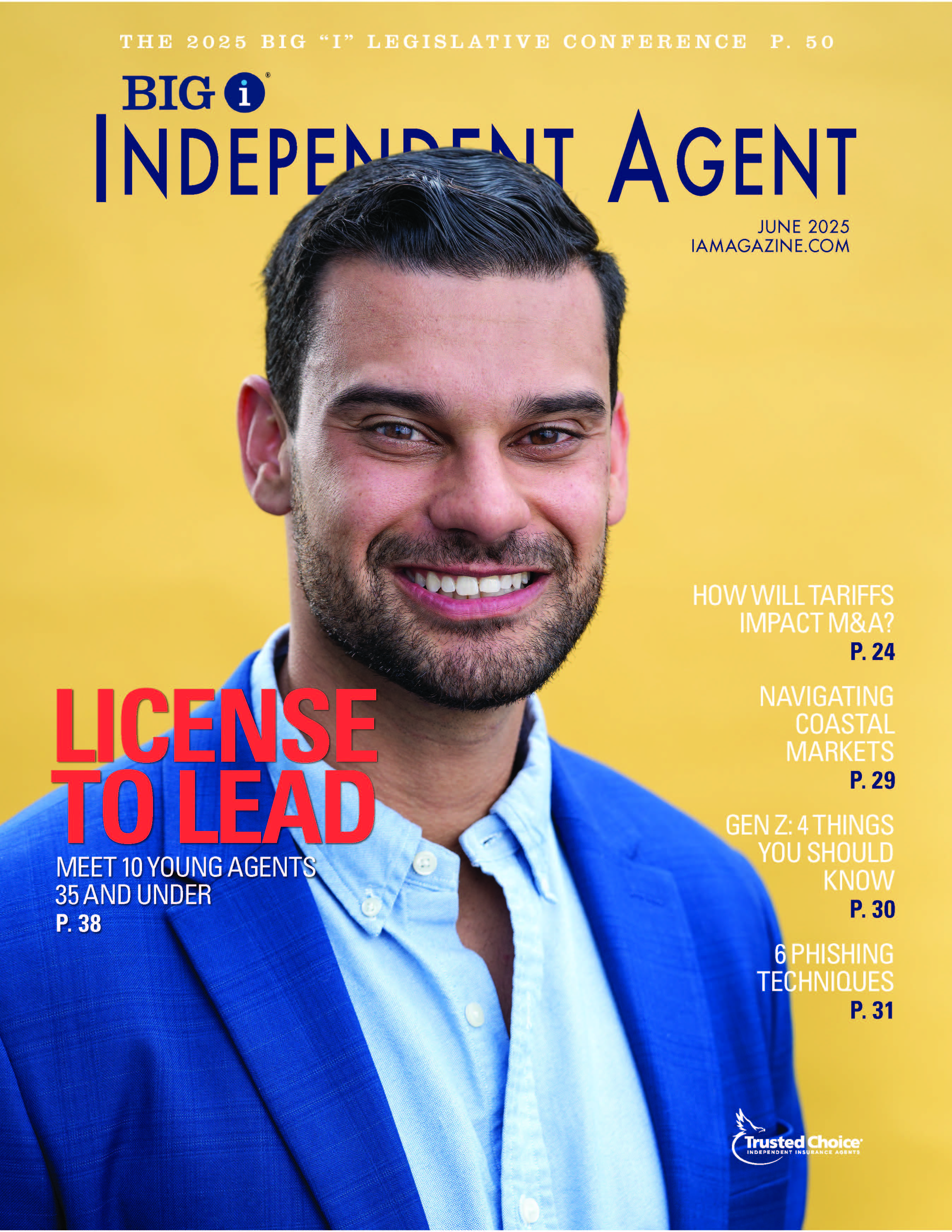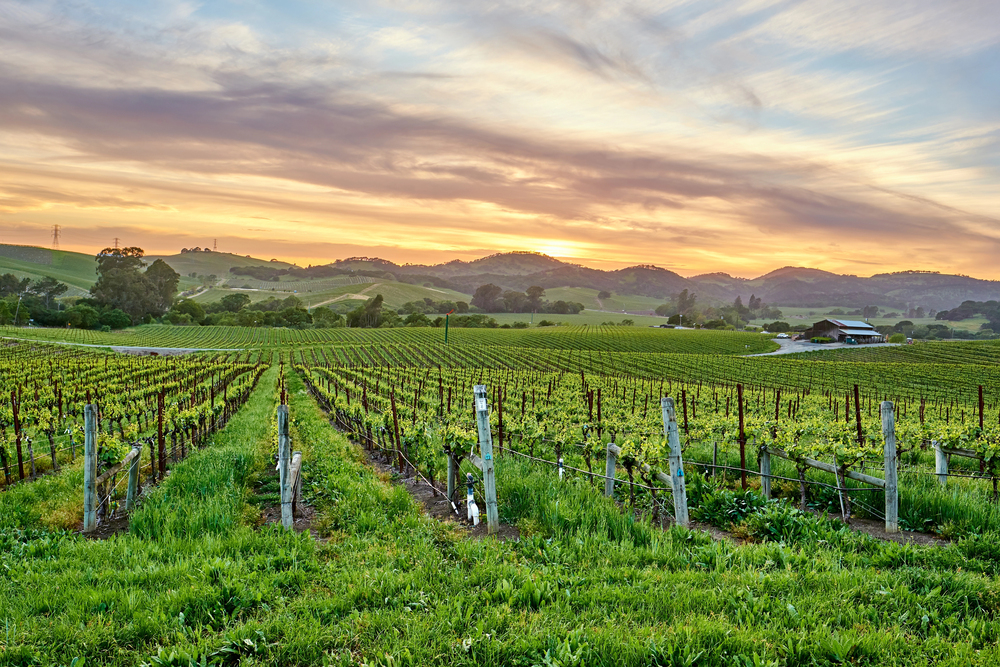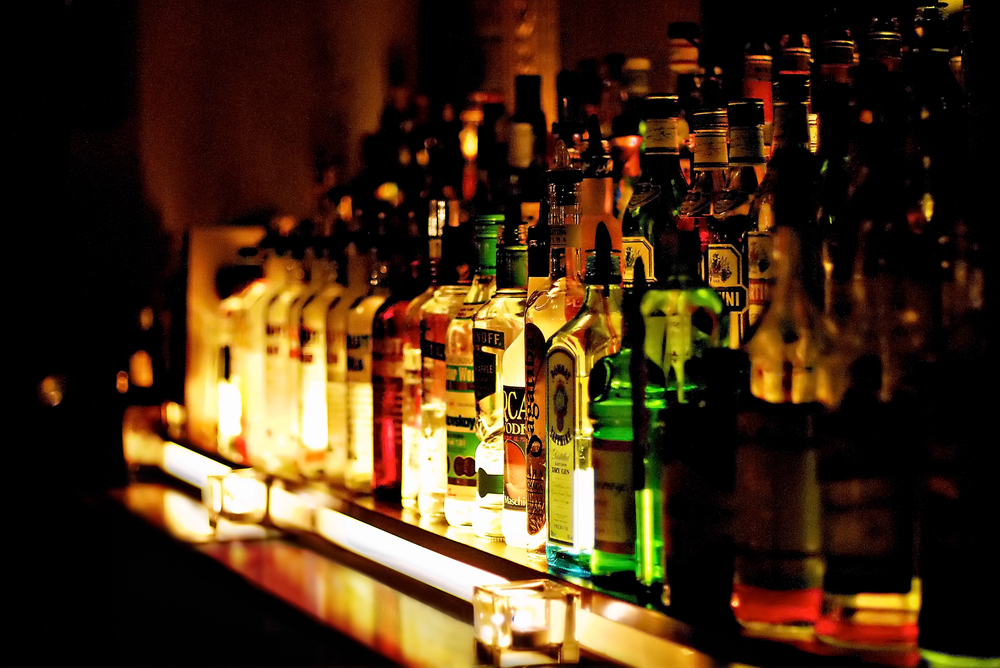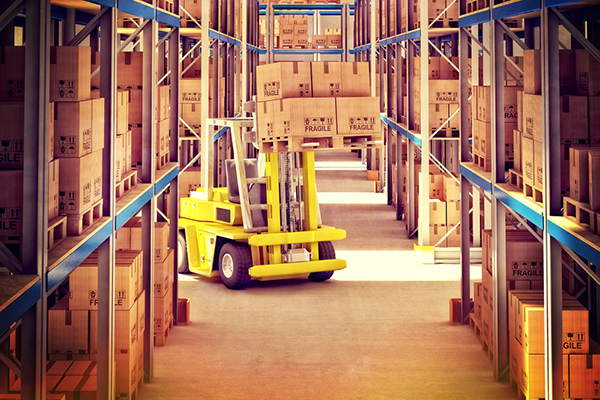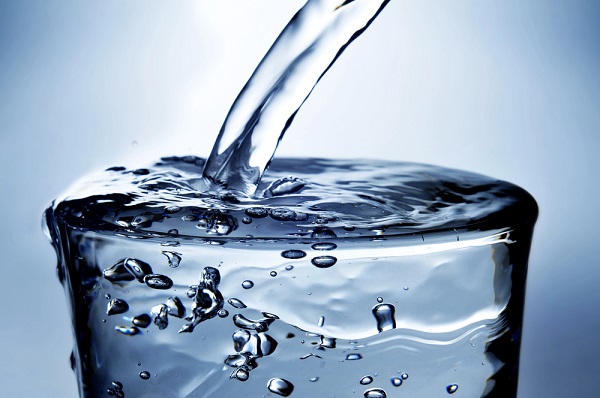How the Craft Beverage Industry Is Changing the Liquor Liability Insurance Market
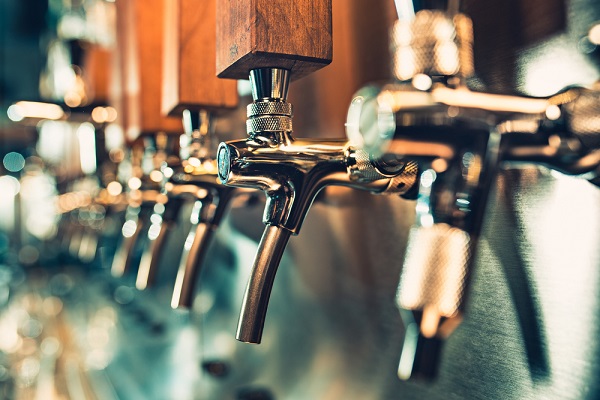
By: Olivia Overman
The liquor liability marketplace is a complex one, one that has had to evolve over the past number of years. Changes include the growth in microbreweries, craft distilleries and wineries.
In response to rising demand, American production of craft alcoholic beverages, including beer, wine, liqueurs, distilled spirits, cider, mead and other fermented drinks, has increased in recent years, according to the Congressional Research Services. In 2020, there were an estimated 21,745 businesses producing craft beverages in the U.S. with sales of approximately $32 billion annually, accounting for approximately 8% of total annual U.S. alcohol sales.
While the craft beer revolution may have been the answer to improving beer quality and craftmanship that many were looking for, many spirit categories, such a gin and rum, have adopted the do-it-yourself model, leading to significant innovation in the industry, as well as an increase in the number of small, boutique producers.
For the liquor liability insurance market, this evolution has presented both opportunities and increased risks.
Traditionally, “standard markets have had a fairly conservative view of the manufacturing of distilled spirits, due in part to the possibility for product liability class action lawsuits and the potential long-tail of health matters like fetal alcohol syndrome,” says Brian Gerritsen, hospitality industry practice leader, Travelers.
Certain insurers specialize in providing coverage “for businesses that serve alcohol, and often insure businesses that have 100% of their revenues related to alcohol service,” says John Mahoney, president, EverGuard Insurance Services Inc. “However, many traditional restaurant insurance products have a limitation on the percentage of revenues that are alcohol related, so businesses that have 50% or more of their revenues tied to alcohol sales generally have fewer insurance product options available to them.”
While some microbreweries and distilleries have a tasting room or even a full restaurant associated with them, this type of establishment “creates a little bit more of a twist on just writing a restaurant that doesn’t make their own alcohol or brew their own beer,” says Christian Enwright, area president, Risk Placement Services. “The fact that they’re manufacturing the product adds to our insurance program considerations.”
In-appetite restaurants and bars that may be launching their own lines of crafted distilled spirits, wine or beer to augment their restaurant operations creates significant underwriting considerations and will require an agent or broker to procure more specialized coverage.
“Depending on the extent of the expansion, a carrier may respond by including the liquor liability and product liability exposures for these operations into the overall coverage—or exclude them altogether,” Gerritsen says. “The 100% craft distillers will more likely find their insurance needs filled by a specialty or surplus lines market.”
Nevertheless, while the liability associated with alcohol sales is relatively simple—with some exceptions, such as alcohol delivery—”property coverages for businesses that brew or produce alcohol on-site often translate to larger and more complex property exposures that should be closely evaluated,” Mahoney says. “Not every carrier wants those types of risks, but there is a market for it out there,” Enwright notes.
Self-service microbreweries are a trend that illustrates increasing risks for the craft alcohol industry. “Some of the microbreweries are going to self-service models with the use of wrist bands or by some other means,” says Richard Welch, president and CEO, Hospitality Insurance Group. “This sounds scary on the face of it, but usually through some form of checking, bartenders can keep track of who’s doing what.”
Also, “craft brews are trending toward higher and higher liquor content,” Welch says. “As such, it represents a different kind of risk. What we’re looking for is making sure that the bars have serving policies that recognize this.”
“One good practice that we’ve advocated is that as the liquor percentage goes up, the serving size should go down to compensate for that,” Welch says. “That’s a good practice and that would be an establishment that we’d look favorably upon versus ones that don’t adapt.”
Microbreweries, craft distilleries, wineries, brewpubs, craft cocktail bars and other niche bar operations appear to be here to stay and as “many of these operations will sell a higher percentage of their revenues related to alcohol, their liquor liability exposures, and the need for proper coverage, is paramount,” Mahoney says.
Olivia Overman is IA content editor.
